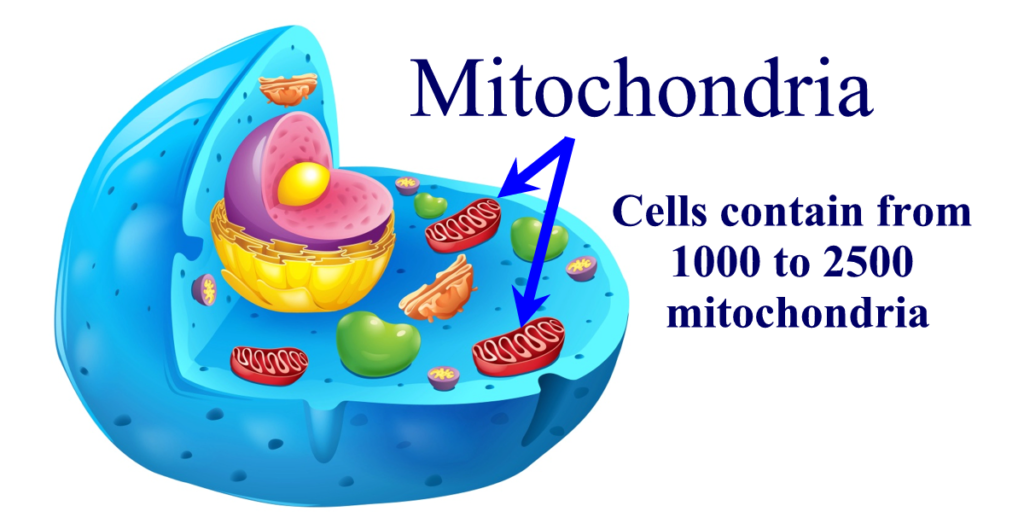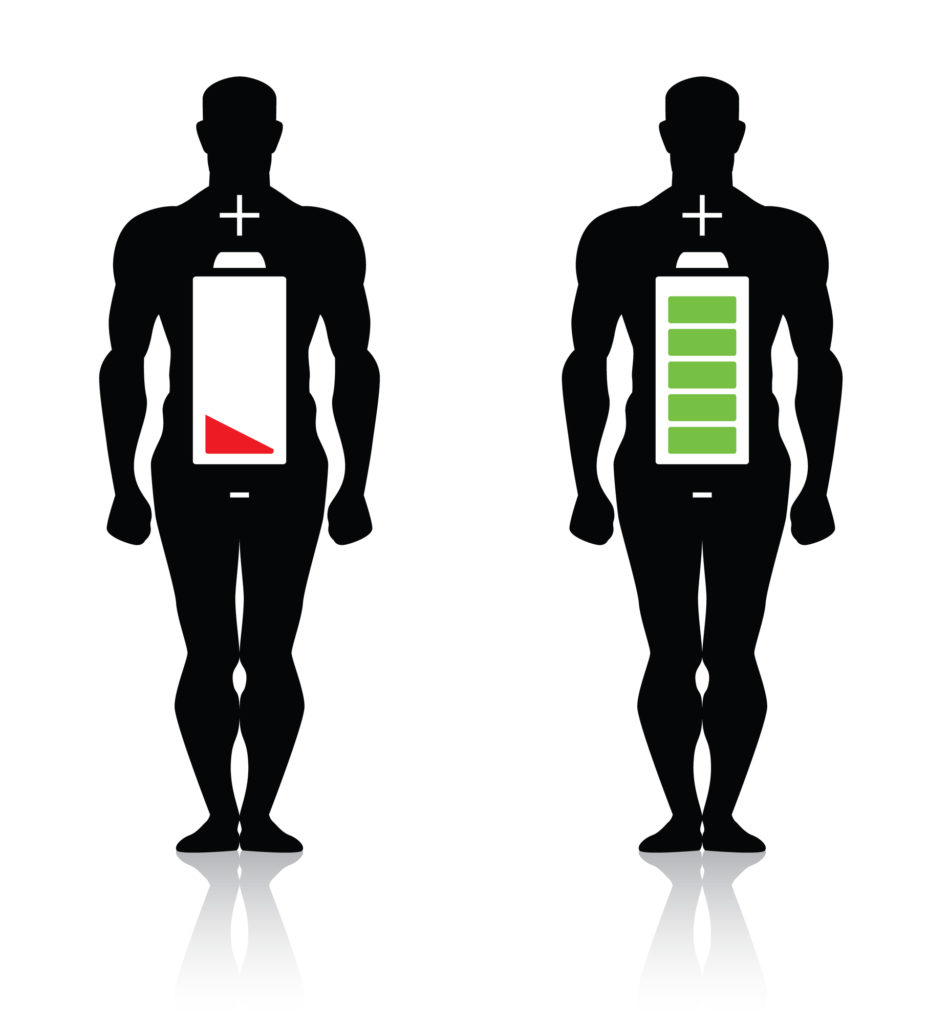Support Your Mitochondria for Energy
Hello
I have just uploaded my latest interview.

Where does your energy comes from?
Your body makes energy from the food you eat and the oxygen you breathe. But it’s not as simple as energy in = energy out. It’s up to your cells to convert that fuel into useful energy. That’s what your mitochondria do.
What Are Mitochondria?
Your mitochondria are like tiny power plants within your cells. They use oxygen and calories as fuel to create the energy your body runs on, known as ATP (adenosine-5’-triphosphate). You have mitochondria in almost all your body’s cells, but they’re especially concentrated in the parts of you that require the most energy, namely your brain, heart, and muscles.
How much energy you have really depends on how well your mitochondria are functioning. When we are young and our mitochondria are strong, we have plenty of power to keep our brains, hearts, muscles, and nerves working without flagging. As we get older, though, things change.
The Sad Truth About Mitochondria and Aging
You may have noticed that with age, our bodies produce energy less efficiently. Like an older car,  we get less mileage from our fuel. This is because our mitochondria naturally tend to decline with age — both in number and activity. As a result, our cells have less energy to run on, making us feel more mentally and physically sluggish.
we get less mileage from our fuel. This is because our mitochondria naturally tend to decline with age — both in number and activity. As a result, our cells have less energy to run on, making us feel more mentally and physically sluggish.
In fact, the decline of our mitochondria is closely linked with the aging process. As we age, our little power plants show the impact of oxidative stress, environmental toxins, and nutritional deficiencies that accumulate over time. Then, our battle-worn mitochondria become part of the problem and contribute to cellular aging.
Think about that old car again. An inefficient engine not only produces less energy, but it burns less “clean,” producing more waste byproducts. Once our mitochondria become impaired, they provide less energy for our cells, but they also create more oxidative stress as a byproduct. That increase in oxidative stress ages our cells faster, creating a vicious cycle.
Renewing Your Power
Step 1: Fuel
Supporting your mitochondria starts with making sure they have the right fuel to do their job. That’s where acetyl-L-carnitine and CoQ10 come in.
Acetyl-L-carnitine is an amino acid commonly found in muscle cells. Think of it like an energy taxi, helping transport fatty acids (the fuel) into the mitochondria (the power plants).* Once the fuel arrives, CoQ10 is part of the factory machinery that transforms it into ATP (the energy).*
Step 2: Protect
Keeping our mitochondria healthy as we age means protecting them against damage from oxidative stress (otherwise known as free radical damage).* Two of the most powerful antioxidants our bodies produce for this purpose are glutathione and superoxide dismutase.*
The good news is that there are things you can do to fuel and protect your mitochondria. According to Dr. Joseph Pizzorno, a highly respected functional medicine doctor, the most important things you can do are to: optimize nutrient status, decrease toxin exposure, build muscle mass, utilize nutrients that facilitate mitochondrial ATP production, and provide nutrients that protect the mitochondria from oxidative stress. The last two are exactly what Natural Factors’ new RegenerLife™ formula is designed to do. This breakthrough supplement is made with clinically studied nutritional compounds that optimize mitochondrial health and function to help you maintain your energy, heart health, and cognitive function as you age.*
Additional Supporting Nutrients
- Protein supplementation, 25 grams in the morning
- Ubiquinol CoQ10
- Quercetin
- Active B Complex
- Magnesium
- PEA – for pain, centralized syndromes, and gut permeability
- Pharma GABA to down regulate the stress response
- Enteric coated peppermint oil
- Probiotics
To read more and listen to the interview CLICK HERE.
You can also listen on iTunes and any podcast app.
- This mailing list is a public mailing list - anyone may join or leave, at any time.
-
This mailing list is announce-only.
Health Quest Podcast Subscription List
Privacy Policy:
We do not share your information.
